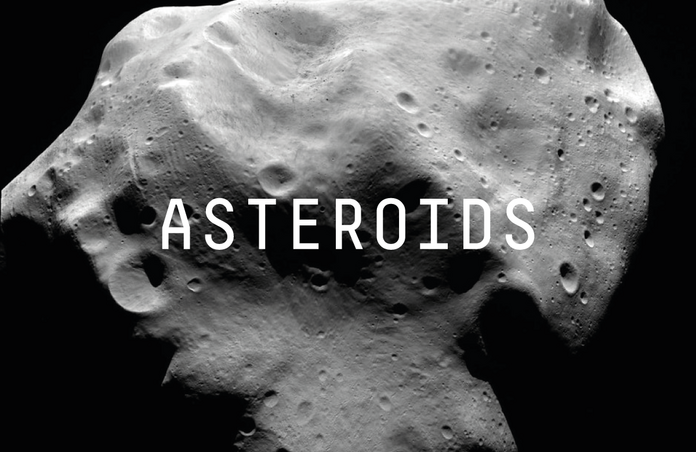What is an Asteroid?

Although everyone remembers the name of our Solar System’s 8 planets, the asteroid belt often gets forgotten. Situated between Mars and Jupiter, it contains billions of these asteroids, bodies which can tell us a lot about our past, present and future.

Asteroids formed while the Solar System was still very young, from the same material as the inner Solar System’s rocky planets like our Earth. This is done either by collecting material “leftover” by the planetesimals (young planets) or as fragments detached from a planetesimal by the impact of another asteroid.
So, they are basically failed planets, which doesn’t mean they’re not to like!
First of all, let’s take a look at the three different types of asteroids: carbonaceous chondrite asteroids (C-type), then the stony asteroids (S-type) and lastly metallic asteroids (M-type). Luckily, the type from which we can learn the most about the early Solar System is the most common one, the C-type. They can contain up to 22% of water, and in some of them amino acids were found, which are very basic building blocks to make living organisms. One theory in Astrobiology, the study of life elsewhere in the Universe, is that without the asteroids that fall on the Earth as meteorites, life might not have been able to evolve!
Looking more into that, a meteoroid is a piece of asteroid or comet detached from that object, if it enters into the Earth’s atmosphere it becomes a meteor. Meteors are commonly known as shooting stars, as the speed at which they travel through the atmosphere causes a phenomenon known as ram pressure which we see as the shooting star’s trail. A meteorite is the piece of rock that survives the meteor’s journey through the atmosphere. Why not look up at the sky in mid-November, when the Leonids meteor shower will be most visible?

At the beginning I said that asteroids can also tell us about our future. If you’re a fan of apocalyptic movies, you’ll know that the scenario of a giant asteroid headed towards Earth is a very popular one. Alternatively, we can look at the past again and find evidence for mass extinctions caused by a giant meteorite impact.
Asteroids can have irregular shapes, which makes understanding their orbital motion a difficult task. However, missions like Hayabusa and OSIRIS-REx have brought back samples from asteroids for direct analysis in labs; from those experiments, we can gain a better understanding of the physical and chemical properties of these celestial bodies and estimate whether they will collide with Earth or not, and if so, how much damage they could cause. NASA’s Asteroid Watch asserts that there is no threat for at least the next 100 years, so for now we can just enjoy watching meteors!
Images credits:
https://pixabay.com/photos/space-universe-solar-system-4641363/
Perseid Meteor Shower 2016 from West Virginia, Image Credit: NASA/Bill Ingalls
